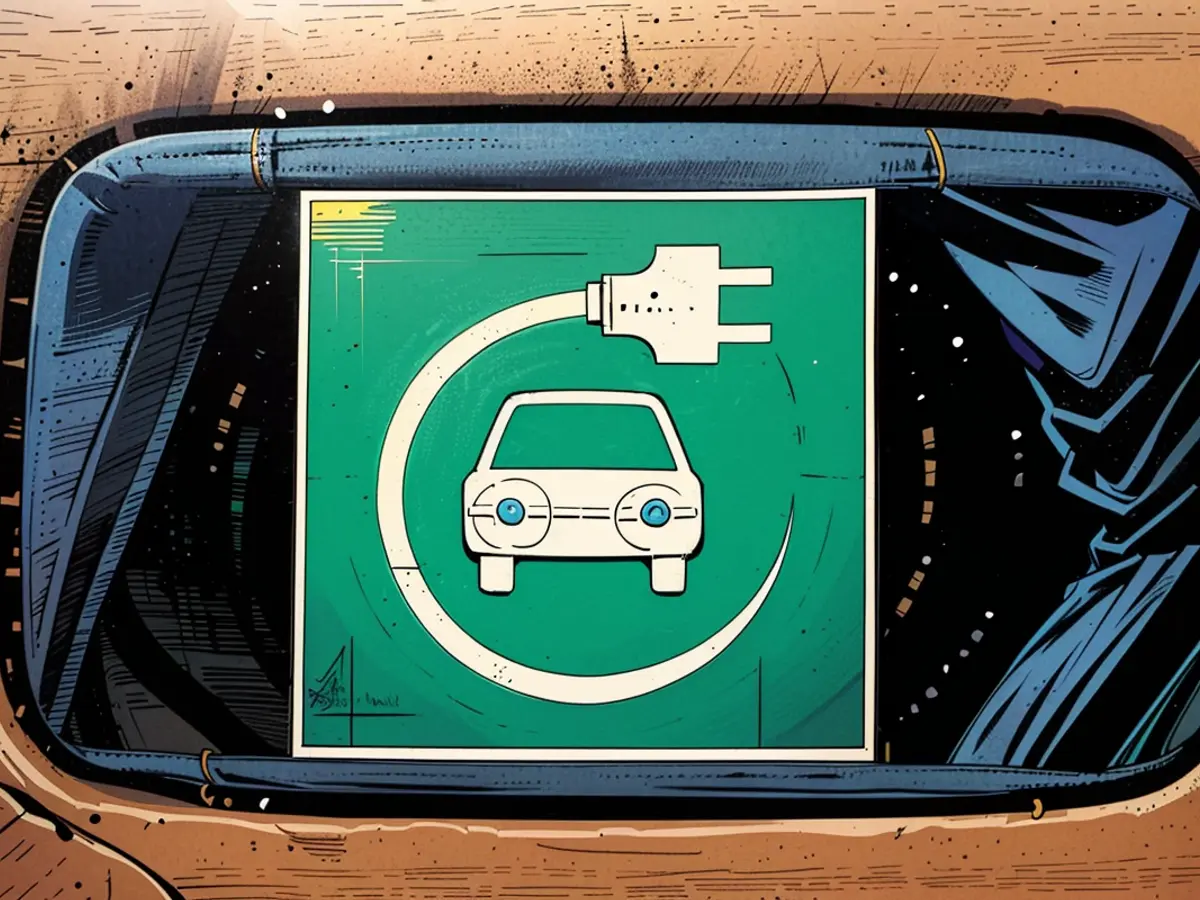Homes set to be fueled by electric vehicles' power reserves.
Utilizing an electric vehicle (EV) as a power source for your home, be it for lighting or powering your laptop, is theoretically possible through a feature known as "bidirectional charging". This technology allows your EV to act as an intermediary energy storage solution. However, it's important to note that this technology has its limitations.
Research from Eon suggests that electric cars with advanced battery technology could have the capacity to supply power to 1.75 million households for a period of 12 hours. Eon references around 166,000 such "bidirectional charging" capable EVs registered in Germany, a market dominated by Asian manufacturers.
When equipped with bidirectional charging, your EV's battery can store excess energy generated from a source like a rooftop solar panel. Later, this stored power can be released from the EV parked outside to meet your home's energy needs. Essentially, the EV's battery serves as an intermediate storage device, reducing your reliance on grid power.
At the moment, bidirectional charging is a relatively nascent technology. According to the German Federal Motor Transport Authority, there are approximately 60.7 million registered vehicles in the country. The 166,000 "bidirectional capable" EVs mentioned by Eon represent less than 0.3% of the total German vehicle fleet.
Eon manager Filip Thon expresses optimism, stating that "widespread, comprehensive use of the technology is currently being tested". He advocates for utilizing the EV battery not just for driving, but as an integral part of our energy system. The Eon analysis serves as a thought-provoking exploration of the vast potential of this emerging technology.
The integration of bidirectional charging in EVs could significantly contribute to the energy needs of homes, potentially reducing reliance on grid power for households. As suggested by Eon, the economy could potentially benefit from the widespread adoption of this technology, as it could reduce energy demand and increase the efficiency of energy usage.








